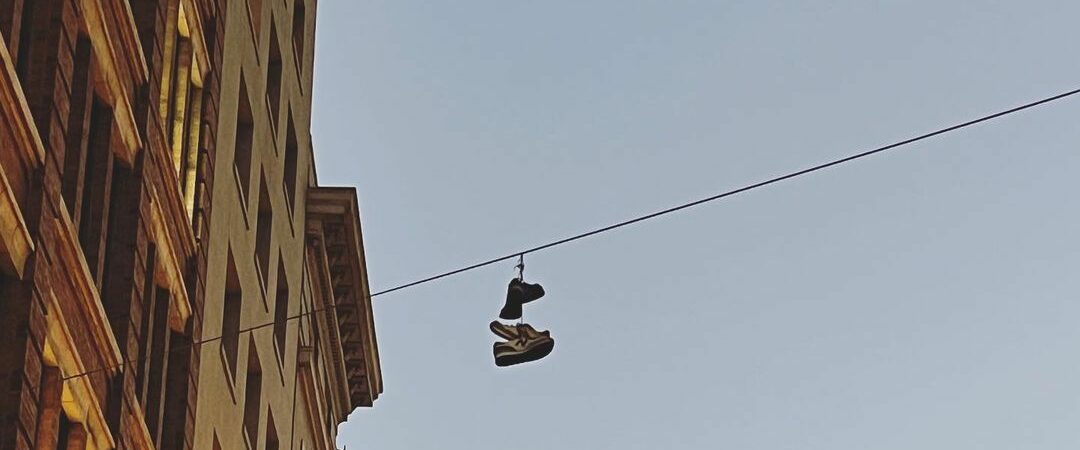February 2, 2006
Jazz Review | Vandermark 5
Giving Everything the Supercharged Treatment, Even Ballads
By NATE CHINEN
Enterprise and industry aren’t qualities often attributed to jazz’s rambunctious outer fringe. In the case of Ken Vandermark, though, they dominate the discussion. Mr. Vandermark, a saxophonist and clarinetist based in Chicago, has spent his career fusing the exploratory fire of free jazz with the do-it-yourself ethos of underground rock. Over the past decade, his efforts have yielded both a sizable fan base and a cottage industry: Mr. Vandermark’s Web site, kenvandermark.com, lists eight releases from 2005, including a studio album and a 12-CD boxed set featuring his signature ensemble, the Vandermark 5.
At Tonic on Tuesday night, halfway through a two-week tour, the Vandermark 5 sounded fierce and well honed. Their set comprised an even split of material from that last studio album, “The Color of Memory” (Atavistic), and pieces written more recently for the tour. The new compositions had a distinct purpose: to better accommodate the cellist Fred Lonberg-Holm, who joined the band last summer after the departure of the trombonist Jeb Bishop.
Throughout the set, blustery solo exertions were framed by disciplined ensemble actions, resulting in a satisfying cycle of tension and release. “To Build a Fire,” one of the newer tunes, gave Mr. Lonberg-Holm free rein in a prelude before introducing a minimalist motif — meditative quarter notes, played by Dave Rempis on tenor saxophone and Tim Daisy on a cymbal — that, in turn, ducked into a bright and driving swing.
Mr. Rempis blew emphatically in this boppish setting until it morphed into an odd-metered hard-rock riff; then the solo spotlight moved to Mr. Vandermark, who shrieked and harrumphed on baritone saxophone. A subsequent section featured just cello and drums, concussing with full force. When the piece finally ended, after a flicker of the original motif, it was with an uneasy flare and plop.
Mr. Vandermark’s other compositions were just as action-packed. “That Was Now” riffled relentlessly through tempos, textures and ensemble groupings. “Convertible” shifted shapes and time signatures, making way for exchanges like a heated face-off between Mr. Lonberg-Holm and the bassist Kent Kessler. Even “Chance,” a ballad, took off: after a terse and lyrical clarinet solo by Mr. Vandermark, the band kicked into double time.
The enveloping thrust of these arrangements often makes the Vandermark 5 feel like a rock band, and that’s surely not an accident. Yet Mr. Vandermark brings an obsessive historical awareness to his music, along with earnest reverence for jazz traditions. He made a point of explaining the dedication behind “Suitcase,” a coolly swinging testimonial for Elvin Jones, Steve Lacy and Ray Charles, who died within the span of a month in 2004. Mr. Vandermark is well outside the orbit of those titans, who barely registered in the cadence of the tune. But in his tireless exploration, he upholds their legacy well.
The Vandermark 5 plays tonight in Philadelphia; tomorrow in Arlington, Va.; Saturday in Knoxville, Tenn.; and Sunday in Lexington, Ky.

